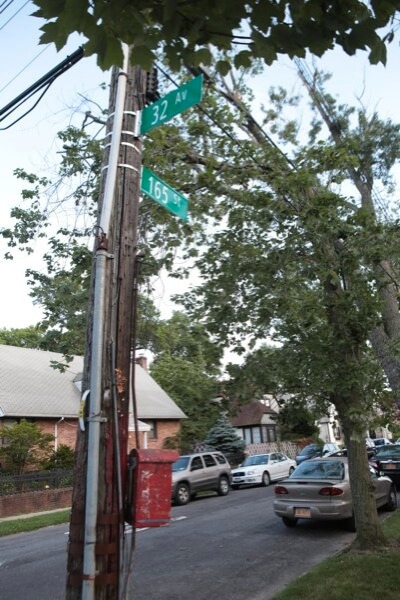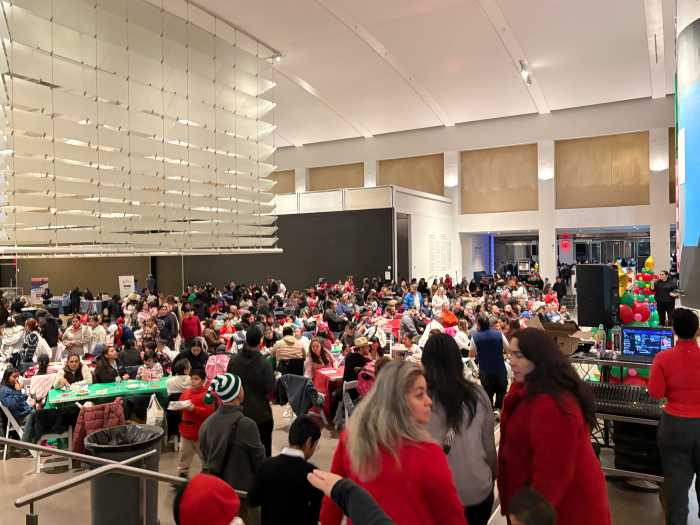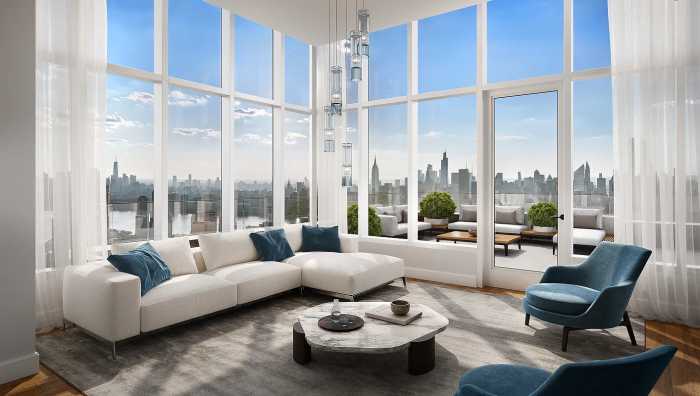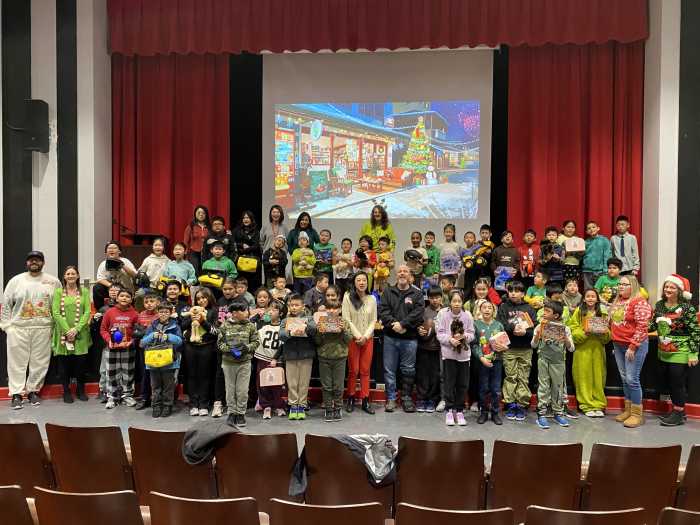By Mark Hallum
The city Department of Environmental Protection is exploring the possibility of installing bioswales, or rain gardens, in Flushing neighborhoods to combat flooding, ease overburdened portions of the storm sewer system and clean up waterways affected by runoff such as Flushing Creek and Flushing Bay.
One resident in Murray Hill, however, is concerned that the green infrastructure project will contribute to basement flooding in the neighborhood, which he says is one of the lowest points in Flushing.
Bioswales are roadside gardens with exceptionally porous soil. They are commonly installed in neighborhoods with inconsistent natural water runoff and with city drainage and sewer systems that are overburdened with rainwater in the wet season. According to the DEP, too much water draining through storm sewers is a contributing factor to poor water quality along waterways in Queens.
The project proposed for Flushing is still in the screening phase, with Department of Design and Construction employees marking sidewalks and roadways with conditions which would benefit from the installation of rain gardens.
Joseph Branzetti, president of Friends of Fort Totten Parks, noticed city employees marking pavement in Murray Hill on 165th Street between 32nd and 33rd avenues. When he asked about the project, he was handed an informational pamphlet about bioswales. The concern for Branzetti is that rain gardens will be installed in front homes without any input from homeowners, and basement flooding would result from water being stored underground.
Flooded basements are not an unusual occurrence in Murray Hill, said Branzetti, who added that it is not uncommon for residents in his low-lying neighborhood to have a water pump in their homes for just such situations. His fear is too much water could ruin basement water pumps and cost residents money.
But a spokesman from the DEP said while he had never heard of bioswales contributing to basement flooding, the installations would likely be too far from any homes to have any kind of impact. This part of Flushing is a candidate for the project because the roads do not have a crown in the middle and standing water is common.
The DEP is investing considerable funds in extensive green infrastucture projects, with one in the Brownsville neighborhood of Brooklyn receiving 842 rain gardens and costing the city agency $39.5 million to reduce pollution in Jamaica Bay.
Reach reporter Mark Hallum by e-mail at mhall


































